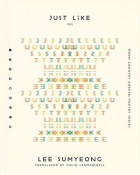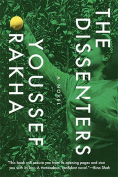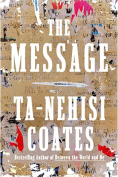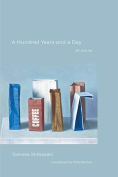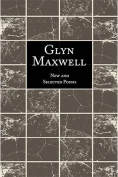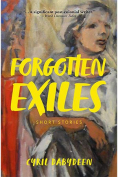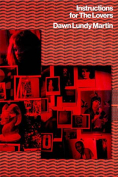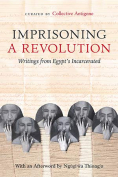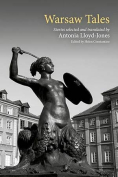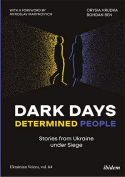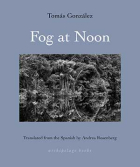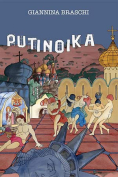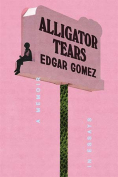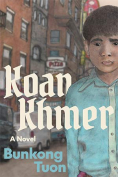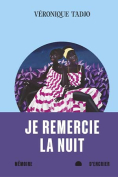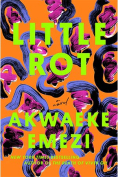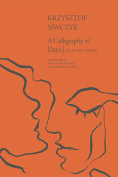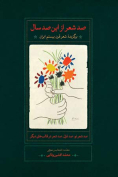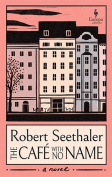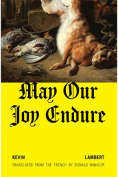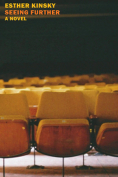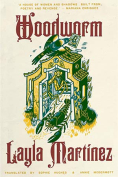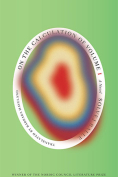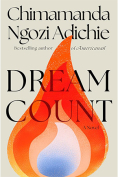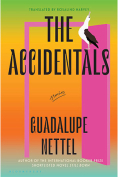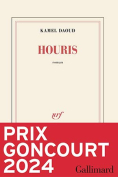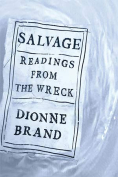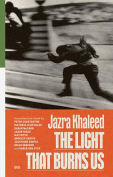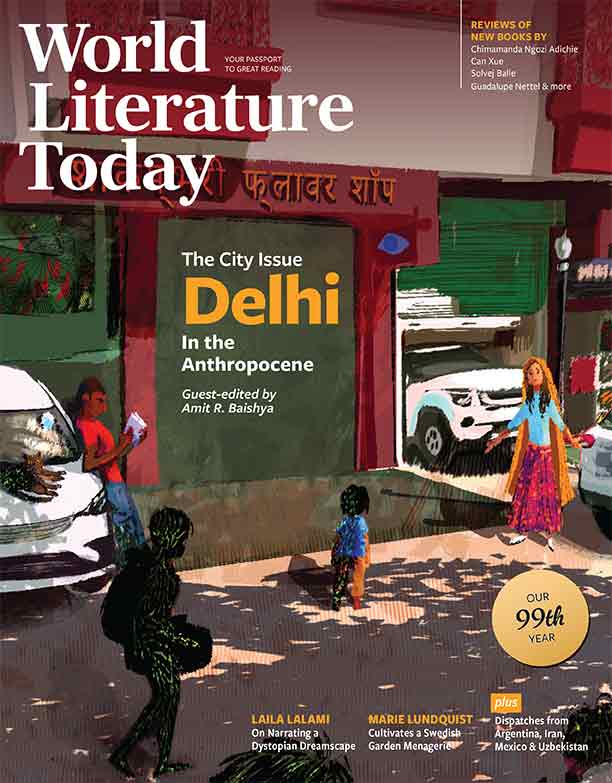Thom Gunn: A Cool Queer Life by Michael Nott
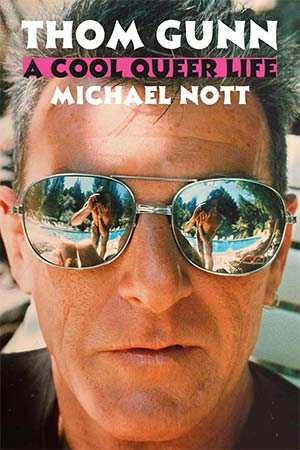
New York. Farrar, Straus and Giroux. 2024. 710 pages.
Thom Gunn was born William Guinneach Gunn in Kent, England, in 1929. The name William came from his paternal grandfather; Guinneach was the Gaelic form of Gunn. He became Thom later as a tribute to his mother’s maiden name, Thomson, though his younger brother, Ander (Alexander), preserved his own birth names. Where Ander was closer in feeling and temperament to their estranged father, Thom was his liberal feminist mother’s favorite: he even slept with her into his teen years. Though she obsessed and possessed him, it was through her that he acquired some of his early literary taste and knowledge of socialist heroes (Socrates, Jesus, da Vinci, Shakespeare, Eleanor Roosevelt, La Pasionaria, et al.). A farmer’s daughter, Charlotte was a brilliant journalist (like her first husband, rakish Herbert Gunn) but a radically neurotic woman who, after her second unsuccessful marriage (this time to Ronald Hyde, almost a decade younger), elected to kill herself with gas when Thom was only fifteen. It was a harrowing experience that biographer Michael Nott renders with galvanic detail, highlighting Gunn’s acute grief, which rendered much of his life (as he described it) like more of “a recuperation from an illness than anything else.”
His early teen years were marked by his homosexual fantasies, and after a brief stint in the army (which he found “very boring, stupid, useless, immoral”), he adopted a pose that owed a great deal to Shakespeare, Donne, Keats, Yeats, Camus, Stendhal, Proust, and Sartre, some of his favorite authors. He presented a hard shell to the world in order to protect his vulnerable self. It was only during his Cambridge years—when he obtained his BA and MA degrees—that he was able to feel his emotional age catching up with his actual age. Cambridge is where scholar Helena Mennie Shire instilled in him a lifelong love of song, and F. R. Leavis showed him the value of seeing literature as “part of life.” Leavis also taught him that by reducing and concentrating the diffusion of his emotions, his could fit them into his poetry, though it took Gunn a long time to feel comfortable about combining tight metrical discipline with the candid, near-sexual energy of personal poetry—something he accomplished much later in The Man with Night Sweats (1992) and Boss Cupid (2000).
Cambridge was also where he met American poet Donald Hall, who helped launch his teaching career at Stanford, before Gunn’s prolonged residence in San Francisco. Cambridge, too, was where he discovered Tony White, the finest student-actor of his generation and a major hero to him because of a tough exterior and tender interior. It was also where he met American Mike Kitay, whom he considered an attractive Henry Jamesian figure of searching, worrying intelligence. Their idiosyncratic intimate relationship had long periods of turbulent uncertainty and promiscuity, but Gunn’s love for his life partner ran deep.
Other key figures in his literary career were poet-critic Yvor Winters at Stanford and expatriate Brit Christopher Isherwood in California. While showing how technical craft and subject matter were locked in an often uneasy embrace, surmounting some long periods where he produced no poetry, Nott’s biography is also rife with what Gunn himself might have considered cool and queer: unpleasant facts regarding Gunn’s male chauvinism (women, he joked, were only good for cooking cakes); sordid particulars about Gunn’s penchant for leather bars, drugs, alcohol, and risky sex; and disturbing details about the poet’s death in 2004 from chronic drug abuse. But such information is counterpointed by several instances of his tender ministrations and generosity to ailing friends and disadvantaged strangers—necessary for a complete portrait.
Gunn did win many prizes, including hugely lucrative ones, such as a Guggenheim and MacArthur grants, which helped offset many years of part-time university teaching without the perks of tenure. Nott’s biography painstakingly shows the tension between the poet’s truth of experience and the artifice of his art while also demonstrating how and why Gunn changed some of his early negative judgments of Whitman, Ginsberg, and others. Gunn wrote numerous reviews for blue standard journals but always felt uneasy passing harsh judgments on fellow poets, except for the ones he truly detested.
Nott’s book traces all these matters in detail, but my appreciation was deepened by reading Thom Gunn’s letters (co-edited by Nott, August Kleinzahler, and Clive Wilmer) and The Occasions of Poetry, his 1982 collection of essays on criticism and autobiography (WLT, Summer 1986, 473). The letters fill several gaps that no autobiography, however authoritative, could ever hope to encompass totally (such as Gunn’s many epistolary exchanges with famed neurologist Oliver Sacks and Canadian academic Douglas Chambers), while the essay collection demonstrates how one of the best modern gay poets (a “rhapsode of risk,” as he was once called) was also an excellent critic. Both books provide instances of how life impinged on Gunn’s art and personality. But it is this biography that vividly displays how he evolved technically and existentially. Detailed without being overwhelming, sensitive without resorting to special pleading, and vivid without being melodramatic, this sympathetic biography offers valuable literary criticism along with lively, imperishable portraiture. (Editorial note: James McElroy’s review of Gunn’s Collected Poems appeared in the Winter 1995 issue of WLT.)
Keith Garebian
Mississauga, Canada
